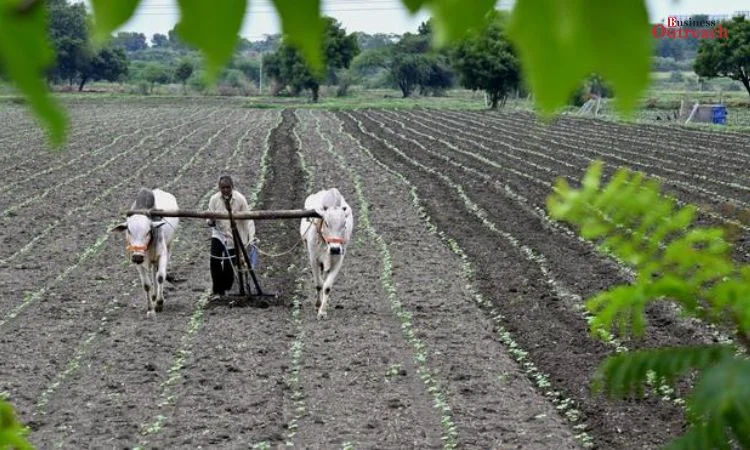Budget Allocation and Priorities
In a presentation of the Union Budget for the fiscal year 2024-25, Finance Minister Nirmala Sitharaman declared a massive allocation of ₹1.52 lakh crore toward agriculture and allied sectors. Noting that farmers’ welfare and sustainable agricultural development were her priorities, the Finance Minister outlined major interventions to increase productivity, resilience, and digital infrastructure in agriculture.

PC: thehindu.com
Agricultural Research and Improvement in Productivity
Another critical component of the budget is the overall review of the agricultural research setup. Refocusing on productivity enhancement and development of climate-resilient crop varieties is precisely the plan of the government. In a move likely to leverage scientific institutions and domain experts, this initiative shall be overseen to transform agricultural practices with active research.
Promotion of Digital Public Infrastructure
She pointed out that there is a need to bring about digital transformation in the agriculture sector, and hence declared an initiative for collaboration with the state governments to develop an interoperable public digital infrastructure. This would, therefore, go on to give farmers better access to digital means and platforms, better management of farms, and increasing connectivity to markets.
Natural Farming and Crop Varieties
The government targets converting 1 crore farmers to natural farming over the next two years. This shall be based on certification and branding, with the support of scientific institutions and Gram Panchayats. Simultaneously, 109 new high-yielding and climate-resilient varieties of 32 field and horticulture crops will benefit farmers across the country.
Mission on Pulses and Oilseeds
Thereafter, the Finance Minister declared that there would be dedicated missions for strengthening the production, storage and marketing of pulses and oilseeds. Atma Nirbharta in oilseed production is proposed to be achieved through a vibrant strategy, focussing on crops like mustard, groundnut, sesame, soybean and sunflower. This would substantially help in the twin objective of reduction in import dependency and augmenting domestic production capacity.
Vegetable Production Clusters and Supply Chains
The government is planning to create large clusters of vegetable production in a bid to meet the demand for localised production near the consumption centres. This could help optimise supply chains and give more returns to FPOs, cooperatives and agriculture startups engaged in storing, marketing and distribution.
Digital Crop Survey and Land Registries
In another step toward digital governance, the Finance Minister announced the launch of digital crop surveys in 400 districts during the current fiscal year. This includes details of six crore farmers and their land and their inclusion in farmer registries and land registries for efficient management and planning in agriculture.
Support for Shrimp Farming and Exports
The government, having taken cognizance of the aquaculture potential, committed financial support for shrimp farming, processing, and export activities. This initiative is part of broader efforts to strengthen the marine products sector and step up export earnings.
National Cooperation Policy
In a bid to bring organised growth in the cooperative sector, the State Government brought in a National Cooperation Policy aiming at orderly growth and rural economy. This policy is going to generate immense employment opportunities and strengthen cooperative institutions in the country.
The Union Budget 2024-25 spells a whole package of revival in the sectors relating to agriculture and allied sectors in India. It is for long-term prosperity of farmers and sustainable growth of the agricultural economy through huge investments in research, digital infrastructure, and sustainable farming practices. Announced initiatives underline serious commitment toward raising productivity, resilience, and inclusivity in the agricultural value chain—ultimately leading to a much more resilient agriculture sector in times to come.















